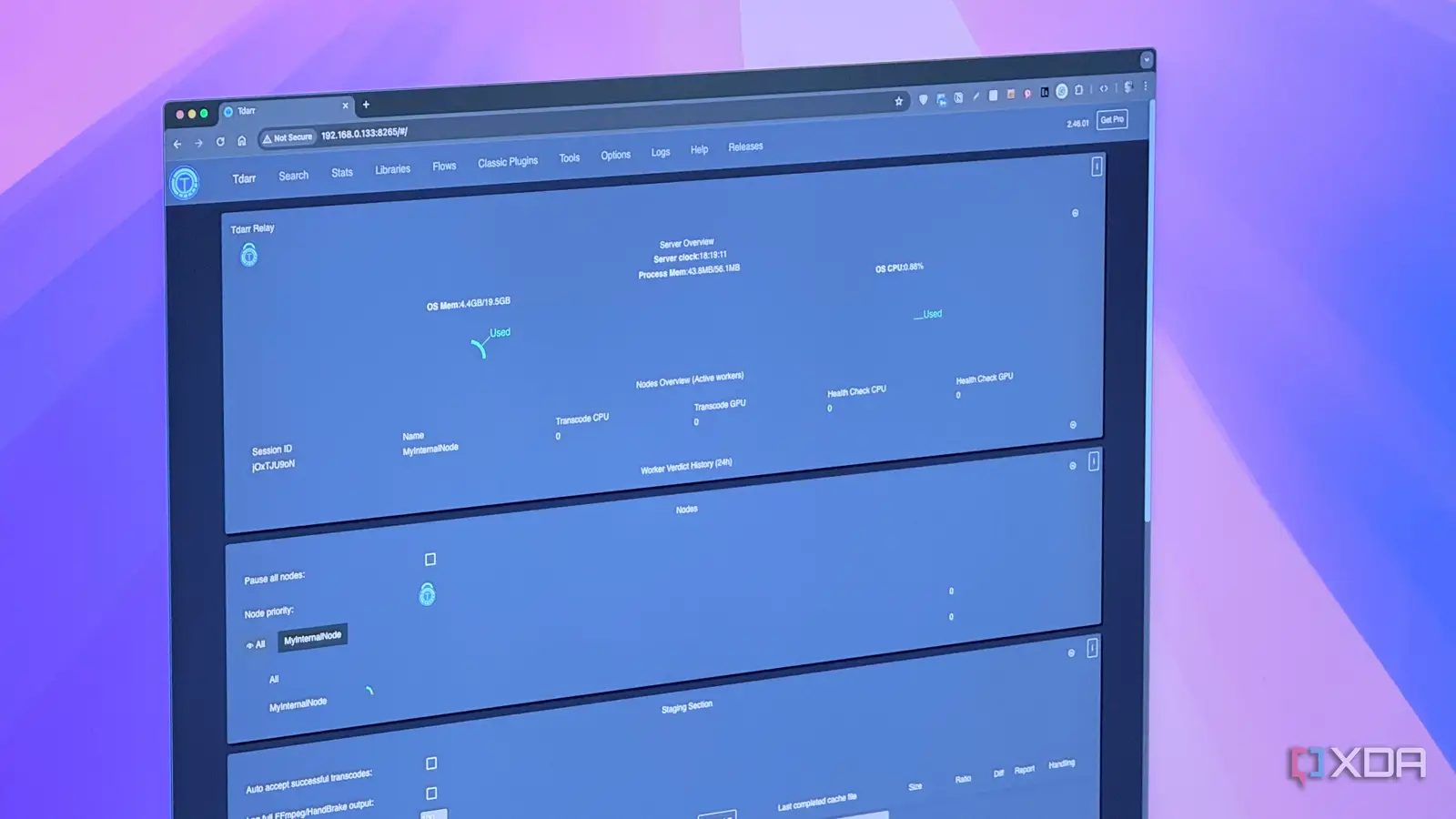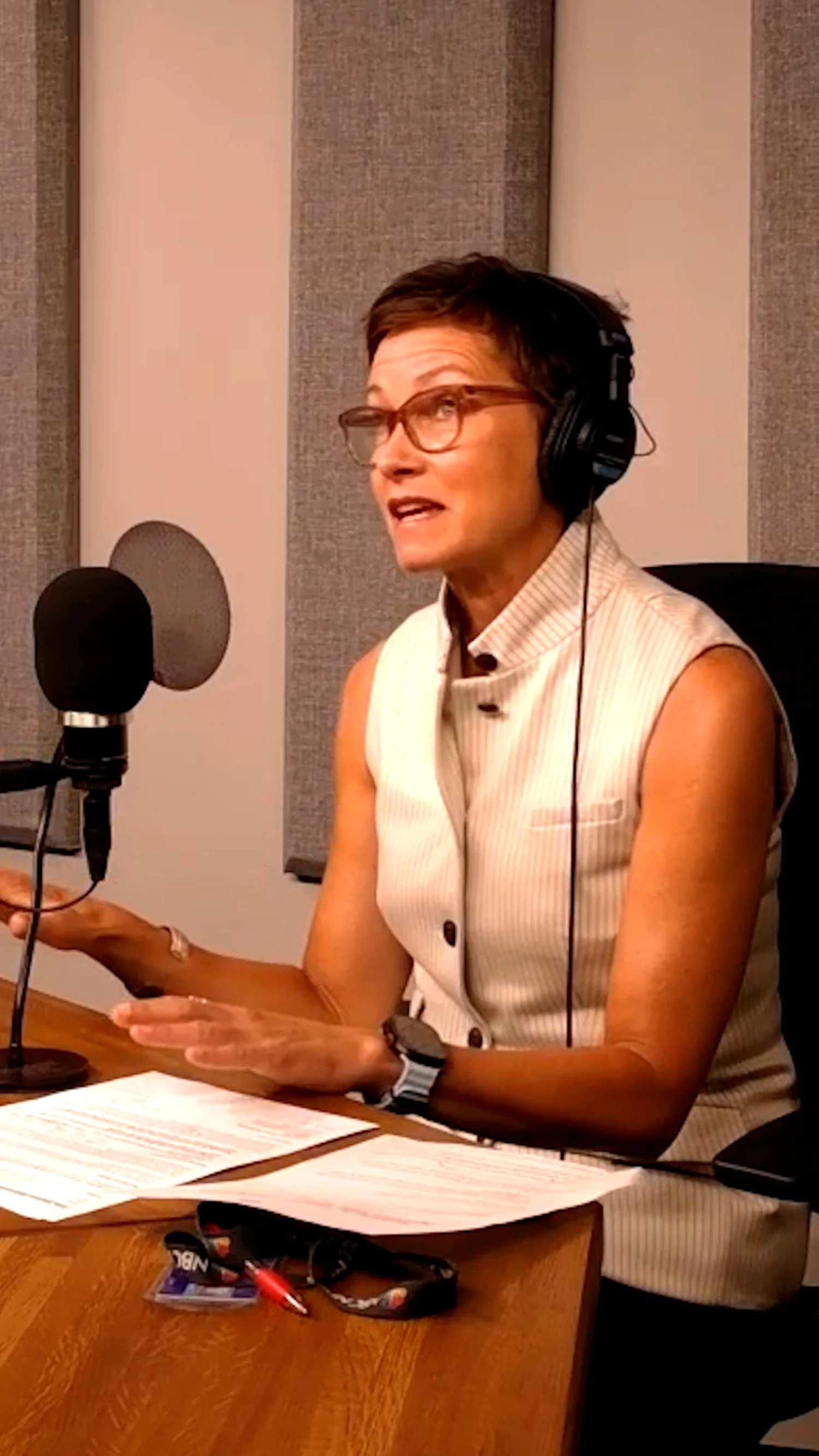
Data hoarders, especially media hoarders, have a common problem. Storage space, no matter how many terabytes you have, starts running short way too quickly. Maybe it’s all the 4K Blu-ray disks that you ripped in lossless quality, or even high-bitrate files for a multi-season TV show. The fact of the matter is, space is never enough. And on a NAS, where space is precious, sooner or later you realize that your video library could do with some optimization. It’s a roadblock I’ve stumbled into several times as someone who hosts a media library spanning tens of terabytes for my family members. Sorting through thousands of files and optimizing manually is out of the question due to the sheer commitment it requires. That’s where Tdarr steps in. This self-hosted tool can scan your entire video collection, make intelligent decisions on your behalf about what needs to be transcoded and what needs to be remixed, and then automate it. Once configured, Tdarr essentially turns into a background task that keeps your media server NAS lean and future-proof.
Installing Tdarr on your NAS
Scale up as your media and requirements grow
One of my criteria for judging open-source and self-hosted software is ease of access. This is particularly important for a media-centric tool like Tdarr, which will be used by more than just tech enthusiasts. Turns out, installing Tdarr is borderline trivial, and you don’t need to be a command-line wizard to pull it off. Tdarr offers pre-built binaries for most operating systems, but my preference is Docker since I’m running it on my NAS. The provided Docker Compose file needs minimal configuration to set your media paths and directories, set it as a stack, and hit deploy. That’s all it takes. By default, Tdarr installs the server and node components. However, you can also configure additional nodes to process your media. It’s not something most home users will need to do.
With the base installation out of the way, all you need to do is launch the web interface to access the dashboard. Tdarr offers a guided walkthrough to get you started for the first time. However, for the most part, all you need to do is set up a library and rules to match the criteria for videos that need to be transcoded. Tdarr also offers flows that offer precise control over how files are handled. Largely speaking, once you’ve set up Tdarr, all the heavy lifting happens in the background. Like I mentioned earlier, if you have more advanced needs, you can set up external nodes to handle heavier processing, even across multiple servers or machines, for faster transcoding. That essentially means that you can get up and started quickly, and scale your processing setup as your needs or your library grow.
Define your own media rules
Tdarr does more than just transcoding
The beauty of Tdarr isn’t in transcoding files. It’s more about how it gives you control over your entire media library. So, for example, if you want your entire media library encoded in H.265 to save on size without compromising quality, Tdarr lets you build a flow stack that looks for specific files, like say H.264 files, and runs them through a transcoder like Handbrake or FFMPEG to convert them. Of course, you can set additional conditions to check files beyond a certain file size or bitrate. This ensures that you can define the specifics of the files you need to convert. This ensures that only oversized movie files get transcoded. You can also set conditions to remove additional audio tracks or subtitles from the files if you so prefer. Tdarr makes it easy to set specific preferences.
While at it, Tdarr can also be used to run health checks on your media files and transcodes. This can be a handy option to protect against file corruption, but I haven’t used it much. There are other settings too, like the ability to check for duplicate files if your server isn’t quite as well organized. While some of the granular statistics and features are locked behind Tdarr’s Pro license, the app lets you perform all the essentials and view basics like server CPU and memory usage for free. Of course, it goes without saying that all of this works on your device with zero reporting to the cloud.
Tdarr is an essential if you’re running a large media server
If you, like me, have spent years building a media library, it’s very likely that you have a patchwork of resolutions and formats on hand. That inconsistency not only makes it harder to stream your content remotely but also ends up taking more space on your server than it should. Tdarr helps you set up rules and automation to bring order to that chaos.



